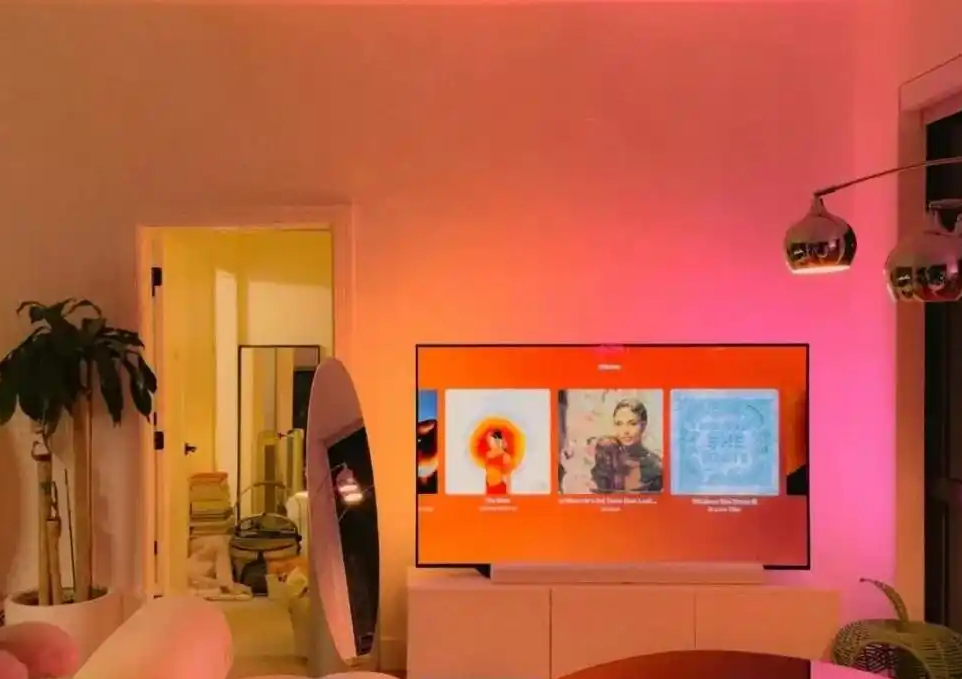In Costa Mesa, California, the newly formed LINX LIGHTING & CONTROLS is showcasing one of the most significant trends in the U.S. lighting industry. This new company, formed from the merger of two established distributors, boasts a product line of over 190 lighting brands, covering a full range of products from Lutron's smart controls to Signify's professional lighting solutions. This is not an isolated case. Creative Lighting Solutions (CLS), a newly formed company in South Carolina, has expanded its brand portfolio to over 200 through mergers, becoming a significant force in the regional market. A recent study published in *Lighting Trends* magazine by Jeffrey Marlow of the Marlow Consulting Group points out that this "multi-brand aggregation" phenomenon has become mainstream in the industry, with the average number of brands represented by distributors more than tripling compared to ten years ago, reflecting a profound reshaping of market structure and competitive logic.
Multi-brand bidding fosters "all-option" competitive strategies.
"No project now specifies only a single brand," Marlowe emphasizes in his research. The widespread adoption of multi-brand product specifications has fundamentally changed the operating rules of lighting projects—owners and designers list multiple "equivalent" product options in their tender documents, expanding the range of choices from the outset. In this model, the breadth of a distributor's product line directly determines its market access capabilities.
A procurement manager for a commercial complex lighting project revealed that their tender list typically includes 5-8 equivalent brand options, covering the entire price range from local giants like Acuity Brands to emerging Asian brands. This means that traditional distributors representing only 10 or so brands have a less than 20% chance of participating in projects; while distributors with over 100 product lines can cover almost all mainstream tender requirements, and even if some brands are not selected, they can still secure deals through other brands they represent.
However, this strategy also presents challenges. Value engineering experts in the lighting industry point out that many products labeled "equivalent" have substantial differences in luminous efficacy, lifespan, and warranty systems, and some Asian manufacturers even have issues with falsifying technical parameters. This requires distributors not only to have products, but also to provide professional screening services to clients, accurately matching needs with actual product performance during the bidding process.

The dramatic shift in the market landscape is forcing channel expansion. Industry consolidation and global supply chain restructuring are accelerating this trend. Data shows that the number of high-quality lighting distributors in the US has decreased by about 28% in the past five years, while the number of manufacturers has increased by nearly 40%, with Chinese LED manufacturers contributing the majority of the growth—China now accounts for nearly 40% of global LED manufacturing and is further penetrating the market by establishing warehousing centers in the US.
"We receive two to three new cooperation invitations from manufacturers every week," revealed the co-founder of LINX LIGHTING & CONTROLS. From international brands like Signify and Osram to Asian suppliers offering high-performance, cost-effective products, everyone is vying for high-quality distribution resources. This supply-demand imbalance naturally makes distributors multi-brand carriers; even if they only selectively accept cooperation, their product line will expand year by year.
The talent shortage is another significant driving force. Developing a sales professional with expertise in technical analysis, solution design, and customer relationship management has become 60% more expensive than five years ago, with an average training period of 18 months. Marlowe points out that building a "one-stop" product portfolio is a more efficient survival strategy than relying on scarce high-end sales talent—when distributors can offer a full range of products from basic lighting to intelligent control systems, the reliance on individual sales personnel is significantly reduced.
The Balance Between Scale and Focus
However, the risks of blind expansion are equally prominent. One South Carolina distributor, by increasing the number of brands from 60 to 150 in three years, experienced a 40% increase in technical support response time and a 22% decrease in customer satisfaction. Marlowe's research proposed a "Five-Dimensional Product Line Health Testing Method," providing operational guidelines for the industry:
**Brand Testing:** Identify the core differentiators of each represented brand, such as Lutron's control technology or Cree's LED chip advantages;
**Economic Testing:** Calculate the maintenance cost and commission return ratio of a single brand, eliminating partnerships with "high maintenance, low output";
**Commitment Testing:** Assess the manufacturer's delivery stability and after-sales support capabilities to avoid impacting customer relationships due to supplier issues;
**Anti-Shelving Principle:** Refuse to represent non-core categories simply to "stake out" existing ones, preventing resource dilution;
**Capacity Testing:** Ensure the internal technical team can cover the service needs of all represented products.
Successful cases demonstrate the importance of balance. After the merger, CLS did not simply add over 200 brands, but instead restructured its product matrix around three core scenarios: commercial lighting, outdoor lighting, and intelligent control. All retained brands passed the five-dimensional testing. This strategy enabled it to achieve a 12% revenue increase in the first quarter after the merger, while the customer complaint rate dropped below 1.5%.

The US lighting agency industry has entered a new phase of refined operation. Marlowe points out that the industry has moved from "scale competition" to "precision matching." Customers' multi-dimensional demands for price, quality, and delivery time are forcing agencies to build a "pyramid" product structure: the top layer consists of brands providing high-end solutions like Signify and Acuity Brands; the base comprises cost-effective Asian-made products; and the middle layer consists of regionally strong brands with both performance and price advantages.
"The key now is not how many brands you represent, but whether those brands can create synergy," Marlowe emphasizes. The most successful agencies often possess three key capabilities: accurate prediction of market demand, dynamic optimization of product portfolios, and deep integration of manufacturer resources. These capabilities enable them to seize opportunities brought by multiple brands during industry transformation while avoiding the "scale trap."
With the continuous iteration of LED technology and the accelerated penetration of smart lighting, "multi-brand management capabilities" in the US lighting agency industry are becoming a core indicator differentiating competitive levels. As LINX LIGHTING & CONTROLS stated in their merger announcement, true industry leaders need to "connect demand and value with a precise product portfolio," which may be the essence of this wave of product line expansion.


